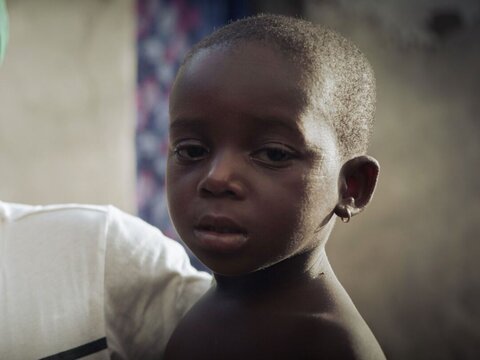Uganda

In 2021, Uganda attempted to reduce the burden of malaria by piloting the implementation of five cycles of SMC in children under the age of five in two districts. This was increased to eight districts in 2022 and then nine in 2023. Implementation started in May and ended in September. SMC distribution was done via a door-to-door approach. About 277 000 children were targeted. The coverage rate for 2023 was 86.6%.
In all situations, the team tried to reduce cost and increase adherence to the intervention. Hard to reach populations, including nomadic pastoralists, who move around a lot in search for greener pastures, were targeted through their community leaders. The NMP also organized a training programme to build the capacity of community leaders and to provide guidance for them.
SMC was combined with testing for malaria and other community health illnesses. Documentation, reporting, and pharmacovigilance was also conducted. End of cycle and end-of-round surveys were also conducted.
Challenges and areas of improvement
Challenges
- Quality of SMC implementation was a challenge.
- In 2023, the major issue encountered was the cost of SMC.
- Severe malaria is also high in children aged 5-14 years.
- Markers for sulfadoxine pyrimethamine resistance are increasing.
Areas of improvement
- To address data quality issues, SMC support supervision tools have been digitized and these are being analyzed for further planning.
- To address the challenge of limited resources, SMC is now conducted over three days not four, the number of supervisors was decreased, and stocks were delivered for the entire round rather than by cycles.
- Given the increasing burden of malaria in children aged 5-10 years, there are discussions underway to understand the feasibility of introducing SMC in this age group as well.
- It is expedient to explore the feasibility of introducing SMC in neighbouring districts as well as strengthening cross-border collaboration as some eligible children move to Kenya.